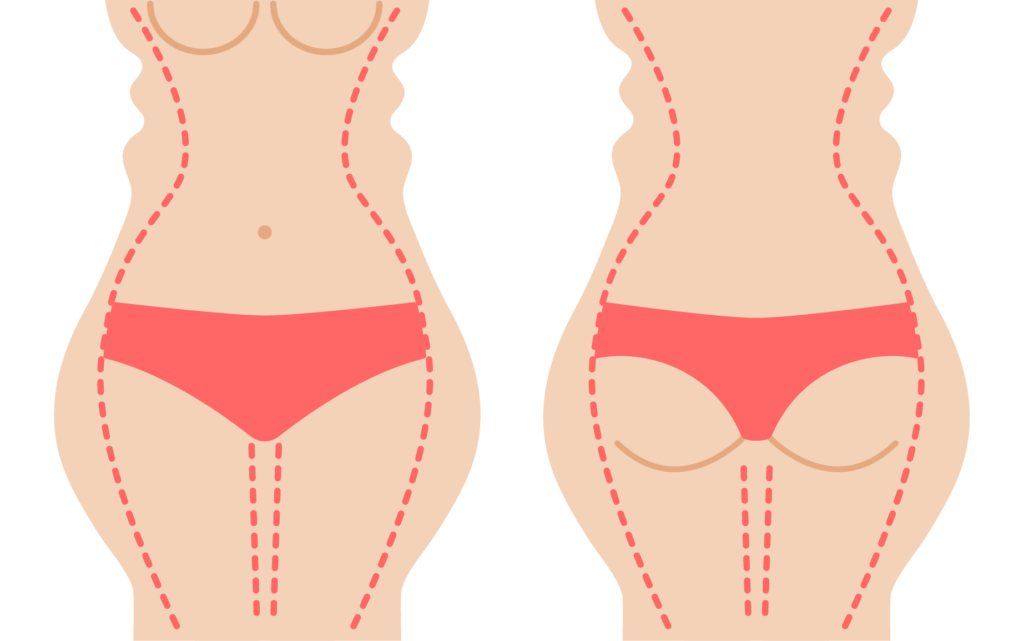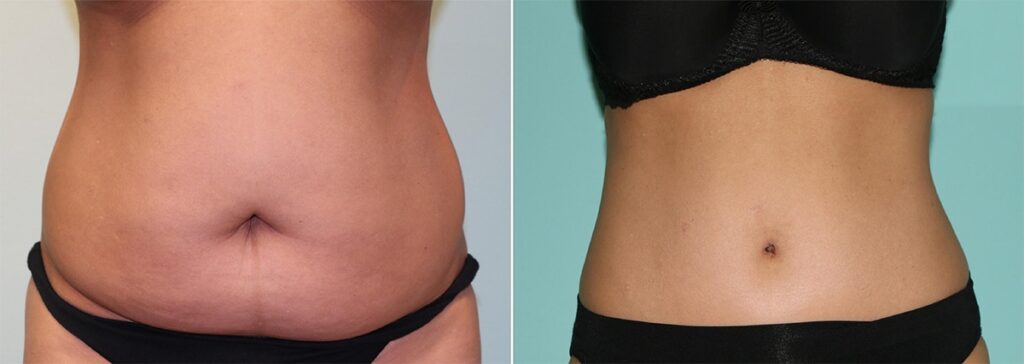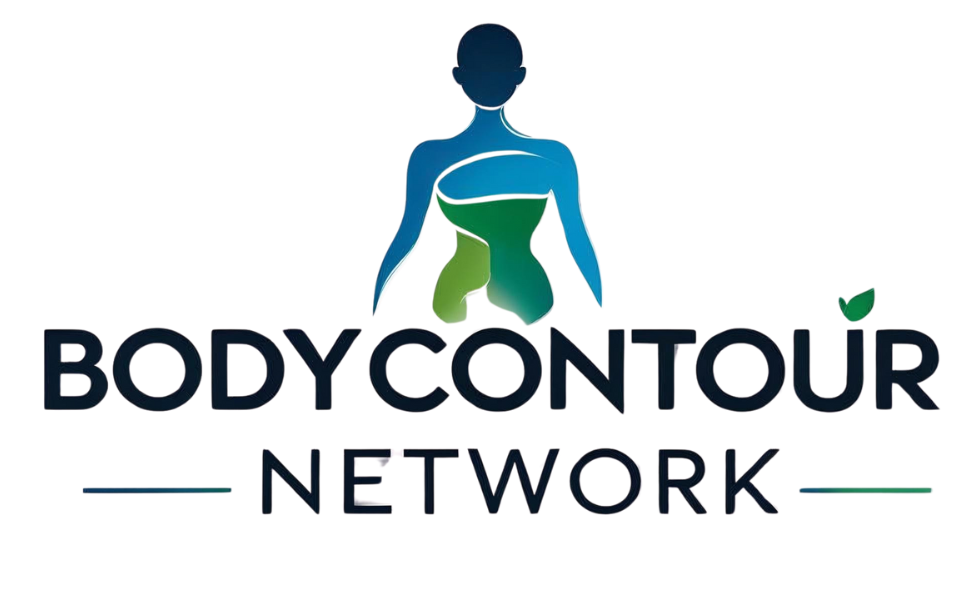Managing pain and swelling after body contouring surgery is crucial for a smooth recovery. However, with proper strategies, these common challenges become manageable. For example, understanding their causes helps patients prepare effectively. Additionally, implementing combined approaches reduces discomfort and speeds healing.
- Why pain and swelling occur and how they interact
- Comprehensive pain management strategies beyond medication
- Proven techniques for reducing and controlling swelling
- When symptoms require medical attention
Understanding Post-Surgical Pain and Swelling Dynamics
Pain after body contouring surgery stems from tissue trauma, nerve irritation, and muscle tension. During procedures like liposuction, cannulas disrupt fat layers, triggering inflammation that activates pain receptors. This response, while essential for healing, causes discomfort. Moreover, nerve sensations such as burning or numbness are temporary but intense initially. Muscle guarding protects areas but leads to spasms if prolonged.
Swelling, or edema, results from fluid leakage due to disrupted vessels and lymphatics. It peaks in 48-72 hours, then subsides over weeks to months. Factors like procedure extent, age, and health influence duration. For instance, extensive treatments cause more pronounced edema. Furthermore, pain and swelling interact: tension worsens fluid buildup, while pressure amplifies pain.

Learn more in our liposuction myths guide.
Comprehensive Strategies for Managing Pain
Effective managing pain and swelling after body contouring involves multi-modal approaches. Prescription opioids provide initial relief but taper after 3-5 days due to side effects like nausea. NSAIDs reduce inflammation but require surgeon approval to avoid bleeding risks. Acetaminophen complements these, offering safe, non-inflammatory relief when alternated.
Physical methods enhance medication. Cold therapy numbs areas and constricts vessels in the first 72 hours—apply 15-20 minutes with protection. Then, heat relaxes muscles and boosts circulation. Positioning elevates treated zones to minimize pressure; use wedges for support. Gentle walking releases endorphins and prevents stiffness, starting short and increasing gradually.
Psychological preparation reduces perceived pain. Techniques like meditation or deep breathing lower stress, which amplifies discomfort. Environment matters: cool rooms and supportive bedding improve rest. Studies from sources like the ASPS recovery guide show these holistic methods cut pain by 30-50%. <img src=»placeholder-pain-management.jpg» alt=»Techniques for managing pain after body contouring»>
Check our hidden costs post for related recovery expenses.
Advanced Techniques for Controlling Swelling
Compression therapy is vital for managing pain and swelling after body contouring. Garments apply graduated pressure, aiding lymphatic flow and skin contraction. Wear them 23/7 initially, reducing over weeks. Quality matters: medical-grade options with breathable fabrics prevent irritation and improve compliance.
Lymphatic massage, starting week 2, uses rhythmic strokes to drain fluid. Professional sessions (2-3/week) yield best results, but self-massage supplements daily. Elevation counters gravity: keep areas above heart level during rest. Hydration (8-10 glasses/day) flushes excess fluid, countering retention from dehydration.
Nutrition supports reduction: low-sodium diets (<2,300mg/day) prevent holding water; add diuretics like celery. Anti-inflammatory foods (omega-3s, antioxidants) calm responses. Activity balances rest: avoid extremes to prevent worsening edema. Long-term, these habits maintain results.

Activity, Movement, and Long-Term Recovery Guidelines
Balance activity: early walking prevents clots, but overdo risks inflammation. Progress: week 1 light tasks, week 2 normal activities, week 4 gentle exercise. Listen to signals—fatigue means rest. Sleep elevated with pillows; recliners help initially.
Long-term: protein-rich diets (1.2-1.5g/kg) aid repair for months. Exercise builds gradually to pre-surgery levels by 3 months. Scar care: moisturize, sun-protect from month 1. Maintain weight (±10-15lbs) via habits. Follow-ups monitor progress.
For exercise plans, see Mayo Clinic recovery tips.
When to Seek Professional Medical Attention
Watch for red flags: uncontrolled pain, fever >101°F, asymmetric swelling, or foul drainage signal infection/clots. Breathing issues or leg pain need emergency care. Contact surgeons promptly—these are rare but serious.
Conclusion
Managing pain and swelling after body contouring surgery transforms recovery. Therefore, combine meds, compression, nutrition, and movement for optimal outcomes. Results last with commitment.
FAQs
Q: How long for peak symptoms? A: 3-5 days, improving by 2-3 weeks; full resolution 6-12 months.
Q: Swelling fluctuations normal? A: Yes, affected by diet, hormones, activity.
Q: Compression duration? A: 4-6 weeks, per surgeon.
Q: NSAIDs safe? A: Follow surgeon guidance to avoid risks.
Medical Disclaimer: Individual results vary; consult your team.
